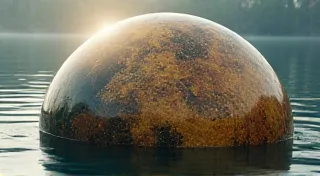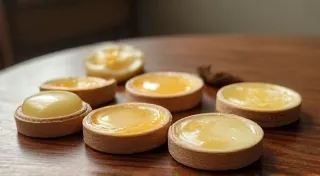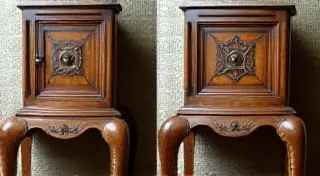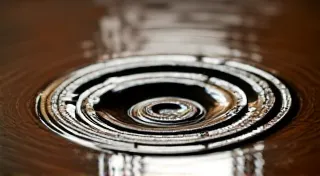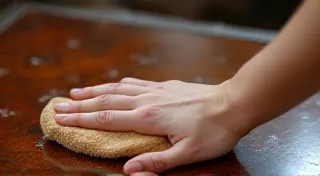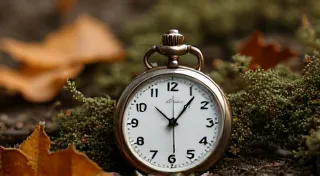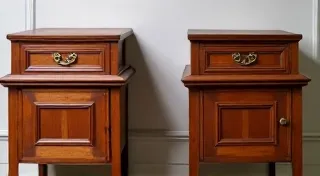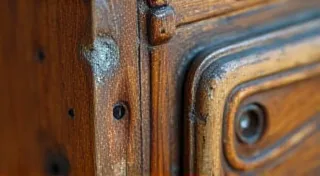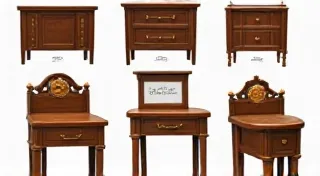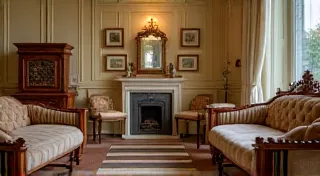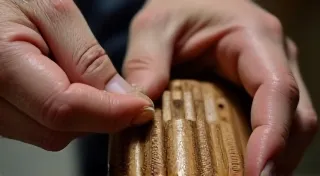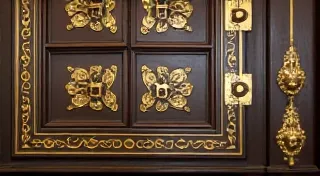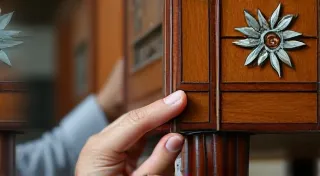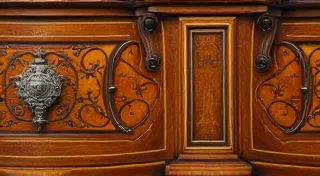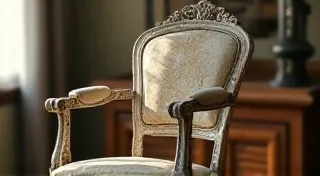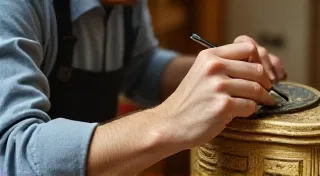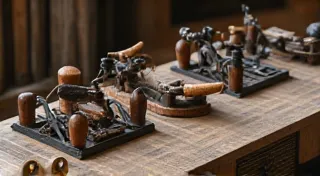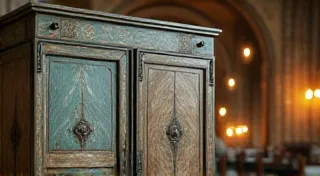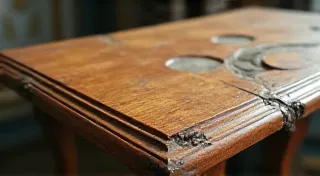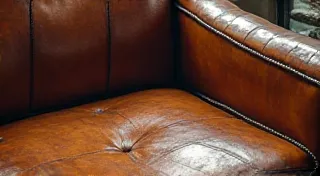Restoring Antique Furniture: A Journey Through Time and Craft
Welcome! If you're captivated by the beauty and history held within antique furniture, you've come to the right place. This website is dedicated to the art and science of antique furniture restoration – a blend of traditional techniques, meticulous care, and a deep appreciation for the stories these pieces hold. Whether you’re a seasoned professional or just beginning your exploration of furniture restoration, we've curated a wealth of information to guide you through the process. We believe that everyone can learn to breathe new life into these treasures, preserving their legacy for generations to come. This includes options for DIY furniture projects, allowing you to apply your new skills to more contemporary pieces too!
Furniture restoration is more than just refinishing; it's a detective’s work. Identifying the period, the wood type, and the original finish are crucial first steps. The traditional skills involved in restoration have strong ties to woodworking, demanding precision and a respect for the grain and structure of the wood. Begin your investigation by understanding the lineage of the wood itself. Our guide, "The Cartographer’s Map: Tracing the Lineage of Wood in Antique Furniture," will help you unravel the story behind the grain. Learning to Identify Period Styles in Antique Furniture is essential for respectful restoration – attempting to restore a Victorian piece with a mid-century modern approach will inevitably diminish its value and authenticity. Many principles of woodworking are directly applicable here.
How to Spot Fake Antique Furniture is equally important, especially if you're looking to purchase pieces for restoration. There’s a vibrant market for reproductions and cleverly disguised fakes, and a keen eye is your best defense.
Common Challenges and Restoration Techniques
Antique furniture often presents unique challenges. From stubborn water rings and heat damage to the insidious threat of woodworm, these issues require specific, informed solutions. Our article, "Dealing with Water Rings and Heat Damage on Antique Furniture," provides clear guidance. Similarly, understanding how to Identifying and Repairing Woodworm Damage in Antique Furniture is vital for long-term preservation. It’s about more than just eliminating the pests; it’s about understanding how the infestation occurred and preventing its return.
Sometimes, the original finish is beyond saving. In these cases, careful Stripping Old Finish from Antique Furniture is required. Choosing the right method is key; harsh chemicals can damage the wood, while gentle techniques require patience and precision. Following the right steps will ensure that the underlying wood remains intact. After this, you might consider French Polishing: A Step-by-Step Guide to a Classic Finish, a technique celebrated for its luminosity and depth.
Structural integrity is paramount. Repairing Loose Joints on Antique Furniture using traditional techniques ensures that the piece remains stable and functional for years to come. This often involves carefully disassembling, cleaning, gluing, and reassembling the joints, using historically accurate methods and materials.
The Art of Detail – Inlay, Marquetry, and Gilding
The true artistry of antique furniture often lies in the intricate details: the delicate inlay, the flowing marquetry, the shimmering gilding. These embellishments demand a specialized skill set and a deep respect for the original craftmanship. Many techniques employed here represent the pinnacle of woodworking artistry.
Restoring Inlaid Details, such as mother-of-pearl, requires patience and finesse. The materials are often fragile and require gentle handling. Our guide, "Restoring Inlaid Details: Mother-of-Pearl and Other Materials," provides detailed instructions. Similarly, Restoring Marquetry on Antique Furniture, a technique involving intricate wood mosaic, is an art form in itself, demanding precision and expertise.
Antique leather often complements antique furniture and deserves careful attention. Our guide, "Working with Antique Leather on Furniture: Cleaning and Repair," provides essential tips for cleaning, conditioning, and repairing leather upholstery.
Materials and Their Proper Care
Beyond the wood itself, antique furniture often incorporates a variety of other materials, each with its own care requirements. Antique leather, for instance, can be particularly challenging to maintain. Our guide, "Working with Antique Leather on Furniture: Cleaning and Repair," provides essential tips for cleaning, conditioning, and repairing leather upholstery.
Choosing the right Wax for Antique Furniture is crucial for both protection and appearance. Different types of wax offer varying degrees of shine, durability, and protection against moisture and UV damage.
Preservation and Prevention
Restoration is just the beginning. Protecting Your Restored Antique Furniture is vital. Preventative measures, such as controlling humidity, avoiding direct sunlight, and using protective pads, can significantly extend the life of your restored treasures. Applying these principles can also be helpful with vintage furniture.
The Tools of the Trade
Equipping yourself with the right Tools of the Trade is essential for any successful restoration project. From specialized hand tools to modern equipment, understanding the purpose of each tool will enhance your efficiency and ensure the quality of your work. Don't underestimate the value of good quality, sharp tools – they make a world of difference! Knowledge of woodworking techniques is invaluable here.
Understanding the Color and Story
The finish on antique furniture isn’t just a decorative layer; it’s a vital part of the piece’s history and character. Understanding and Correcting Color Variations in Antique Finishes requires a keen eye and a nuanced understanding of aging and oxidation.
Veneer Repair: Maintaining the Surface
Veneer repair is a common and often intricate aspect of furniture restoration. It involves patching, filling, and re-gluing damaged veneer to restore the original appearance. Our guide, "Veneer Repair for Antique Furniture: Patching, Filling, and Re-gluing," offers detailed instructions and techniques for successfully tackling this delicate process.
We hope this website provides you with the knowledge and inspiration to embark on your own furniture restoration journey. From identifying period styles to mastering intricate techniques, we're here to guide you every step of the way. Explore our resources, experiment with new skills, and most importantly, enjoy the process of bringing these beautiful pieces of history back to life. Whether you’re tackling an antique heirloom or refreshing a piece of vintage furniture, the principles remain the same!
Happy restoring!

